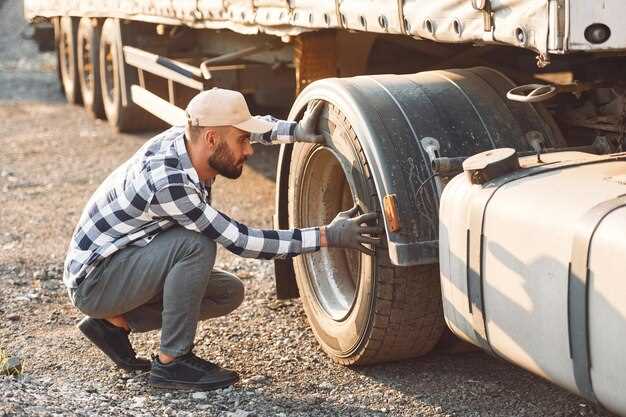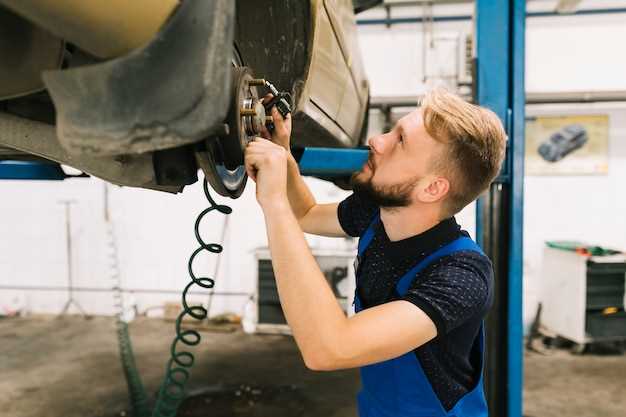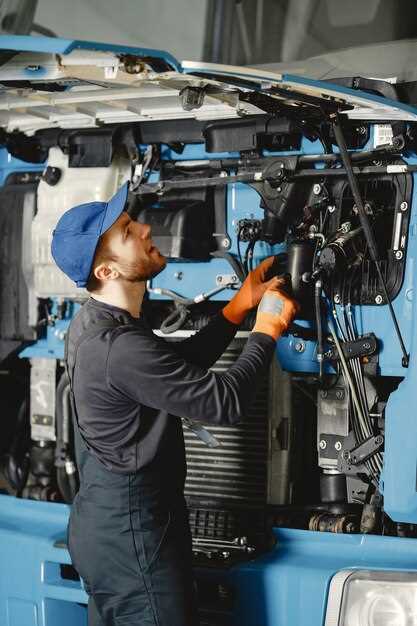

For diesel truck enthusiasts, enhancing off-road capabilities is often a priority. One of the most effective accessories to achieve this is by installing a winch. A winch not only adds functionality but also provides peace of mind when traversing rugged terrains or handling unexpected breakdowns. Understanding how to properly install a winch can greatly improve your truck’s utility and off-road performance.
This step-by-step guide will walk you through the entire process of installing a winch on your diesel truck. From selecting the right winch compatible with your vehicle to understanding the essential tools and safety precautions, we will cover every aspect to ensure a successful installation. Ensuring that your winch is mounted securely is crucial for both performance and safety during operation, so follow these steps carefully.
Equipping your diesel truck with a winch can transform its capabilities. Whether you’re pulling a vehicle out of a muddy situation or lifting heavy loads, having this powerful tool can make all the difference. Let’s dive into the detailed steps of making your diesel truck more versatile with a reliable winch installation.
Selecting the Right Winch for Your Diesel Truck Model

Choosing the right winch for your diesel truck model involves several key considerations to ensure optimal performance and compatibility. First, identify the vehicle’s weight and intended use. The winch should have a pulling capacity that is at least 1.5 times the gross vehicle weight to account for safety and efficiency.
Next, evaluate the type of winch suitable for your truck. There are primarily two types: electric and hydraulic. Electric winches are easier to install and offer versatility for various applications, while hydraulic winches provide greater power and are more suitable for heavy-duty tasks. Select based on your specific needs and preferences.
Consider the winch’s accessories as well, such as synthetic rope versus steel cable. Synthetic rope is lighter and safer, reducing the risk of injuries during operation, while steel cables offer durability but can be cumbersome. Additionally, look for features like automatic brakes, wireless remotes, and quick couplers for improved functionality.
Finally, ensure that the winch you select is compatible with the mounting system of your diesel truck. Most manufacturers provide specific mounting kits designed for various truck models, so verify compatibility before making a purchase. Proper fitting is crucial for both security and performance during use.
Necessary Accessories for a Successful Winch Installation
Installing a winch on your diesel truck requires several essential accessories to ensure smooth operation and maximum effectiveness. First and foremost, a proper winch mounting plate is crucial. This plate will provide a stable and secure platform for the winch, enabling it to withstand the stresses of heavy pulling.
Next, consider the winch cable. Most winches come with a standard cable, but upgrading to a stronger, lightweight synthetic rope can improve performance and reduce weight on your truck. Synthetic ropes are also safer, as they are less likely to snap back if they break during operation.
Additionally, a reliable winch control switch is necessary for convenient operation. A remote control or wireless switch allows you to operate the winch from a safe distance, enhancing user safety while you work.
Another important accessory is a winch fairlead. A roller fairlead or a hawse fairlead helps guide the winch cable during operation and prevents abrasion, thereby extending the cable’s lifespan. Choosing the right fairlead based on your winch type is essential for optimal performance.
A set of recovery straps is also beneficial. These straps are designed to withstand high tension and can be used in various recovery scenarios, providing additional versatility to your winching setup.
Lastly, having a proper snatch block can double your winch’s pulling power and redirect the cable as needed for different pulls. This accessory is vital for more complex recovery situations where you need to navigate around obstacles.
Using these accessories will not only enhance the functionality of your winch but also ensure safer and more efficient operation during your towing and recovery tasks.
Step-by-Step Installation Process for Your Winch

Installing a winch on your diesel truck is a straightforward process that enhances your vehicle’s functionality. Follow these steps to ensure a successful installation.
Step 1: Gather Required Tools and Accessories
Before beginning, collect all necessary tools, including a wrench set, socket set, a drill with appropriate bits, and a wire cutter. Additionally, ensure you have winch accessories like a mounting plate, a roller fairlead, and safety cables ready for installation.
Step 2: Identify the Installation Location
Select a suitable area on your truck’s front bumper or mounting surface that can support the winch’s weight. The location should allow for easy access to the controls once installed.
Step 3: Install the Mounting Plate
Using the drill, attach the mounting plate securely to the chosen location on your truck. Ensure that all bolts are tightened to prevent any movement during winching operations. Check your truck’s manual for specific torque specifications.
Step 4: Position the Winch
Carefully place the winch onto the mounting plate. Align the winch’s bolt holes with those on the plate. Use a second set of hands if necessary to hold the winch in place while securing it with bolts.
Step 5: Connect the Electrical Wiring
Follow the manufacturer’s instructions for wiring the winch to your truck’s battery. Connect the positive wire to the battery’s positive terminal and the negative wire to the battery’s negative terminal. Ensure all connections are tight and secure to avoid any electrical issues.
Step 6: Attach the Fairlead
Install the roller fairlead in front of the winch. This helps direct the winch cable smoothly during operation. Use appropriate hardware and tighten everything firmly to prevent wear on the cable during use.
Step 7: Test the Winch
Before taking your truck out, test the winch operation. Engage the winch and unwind the cable, ensuring it moves freely through the fairlead. Rewind the cable and check that all accessories are functioning correctly.
Step 8: Final Check
Inspect all connections, bolts, and wiring. Make sure the winch is securely mounted and that the electrical system is functioning properly. Document the installation for future reference, including any modifications made.
With these steps, your winch is now installed and ready for use, enhancing your diesel truck’s off-road capabilities and utility.






